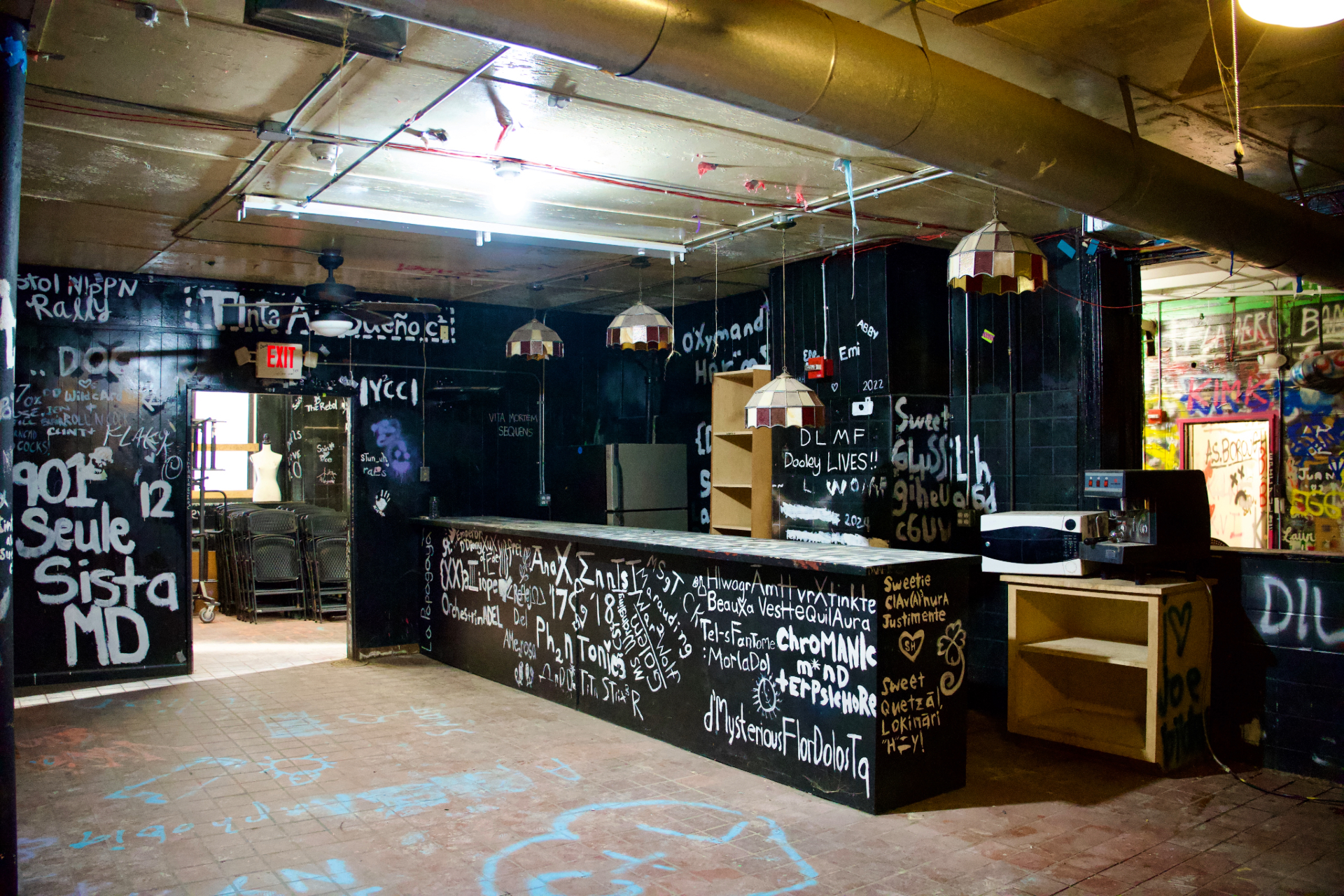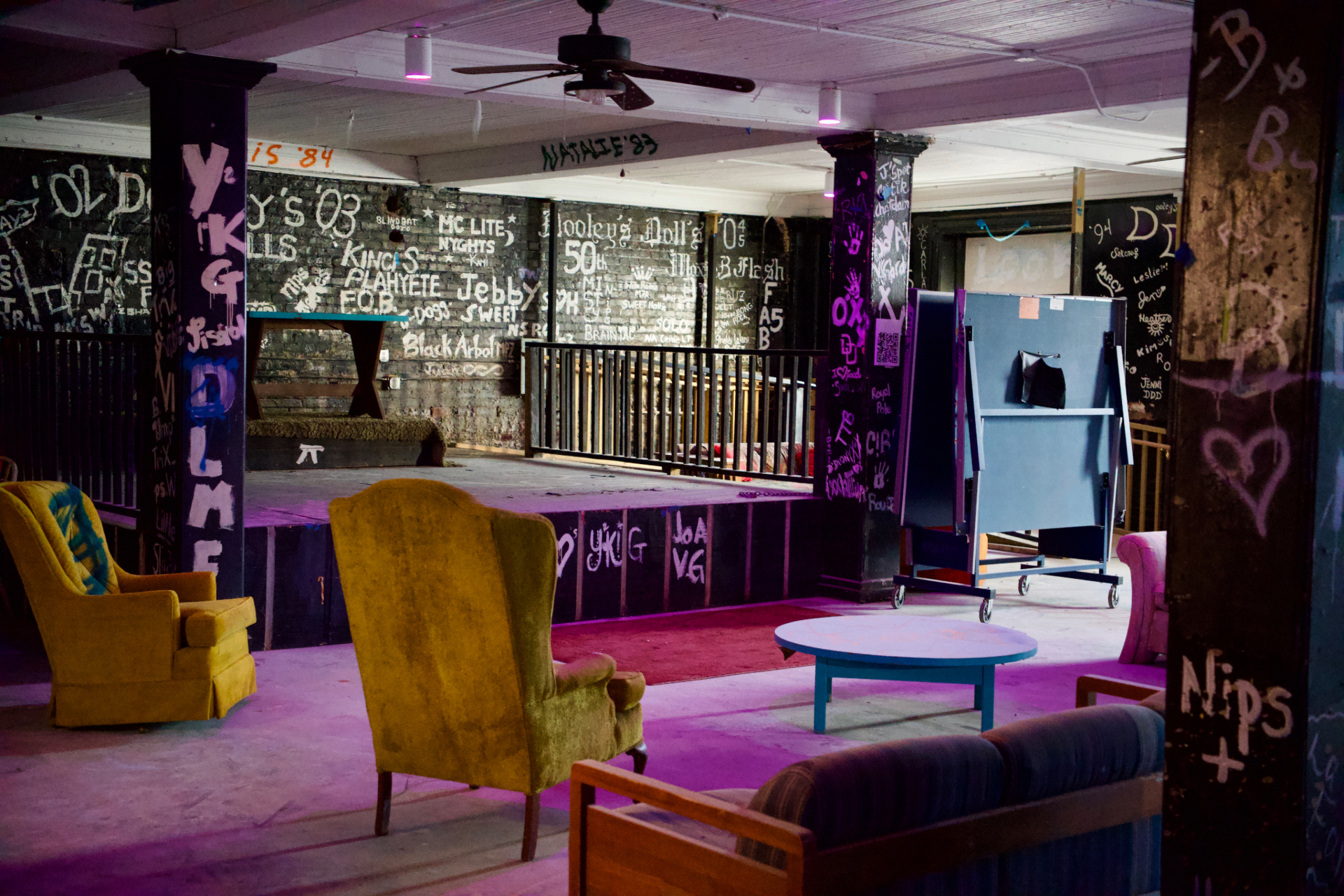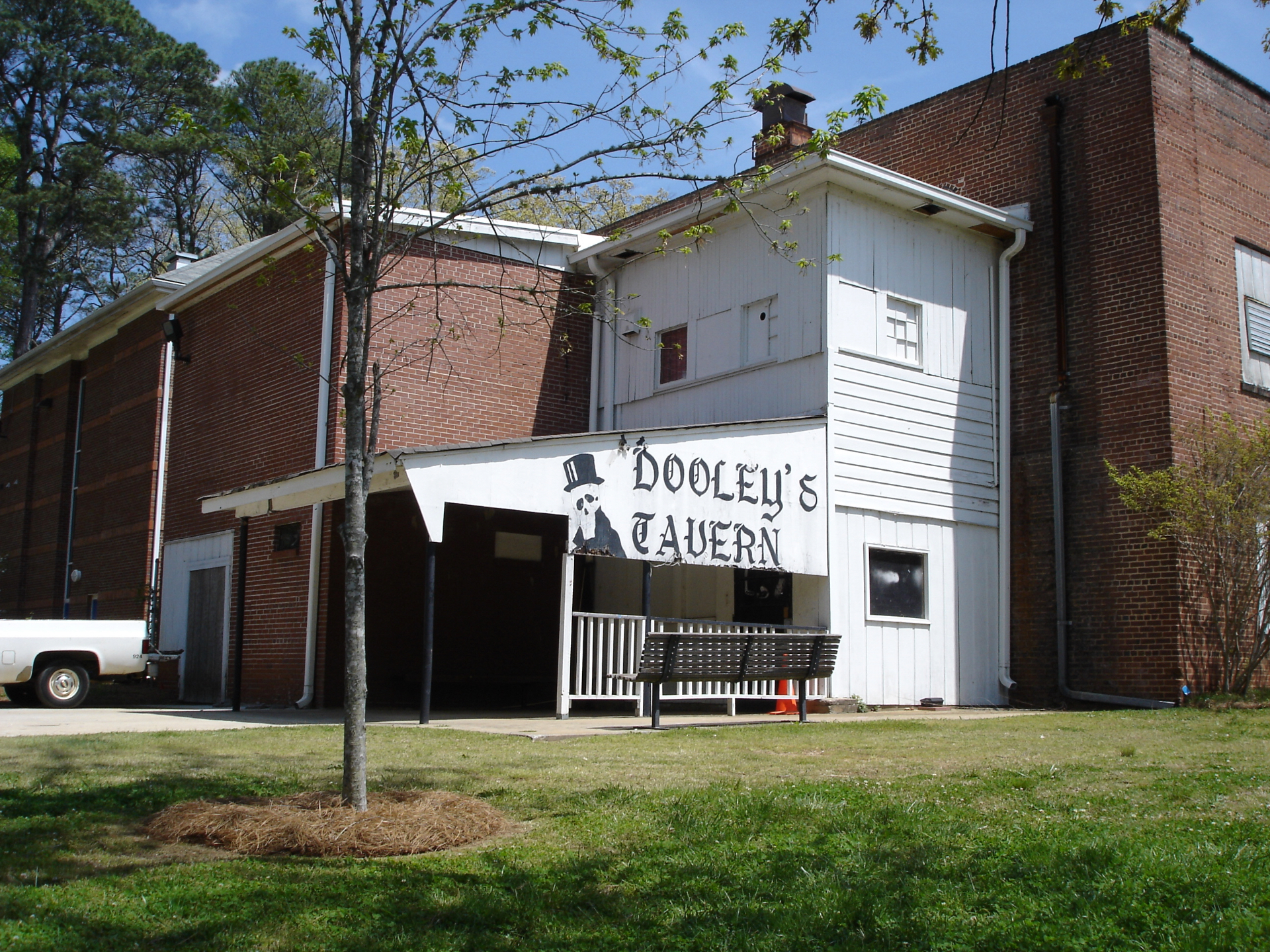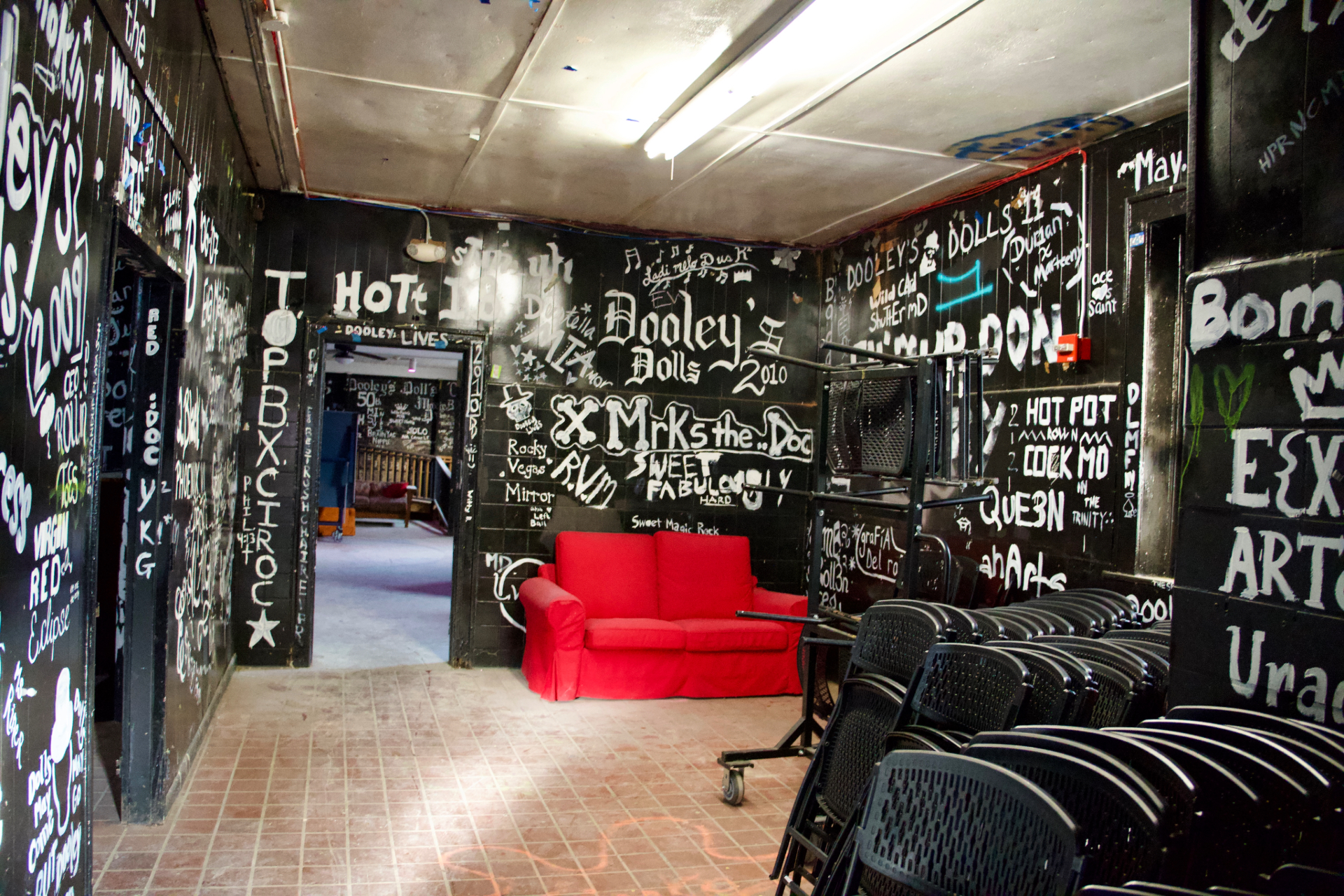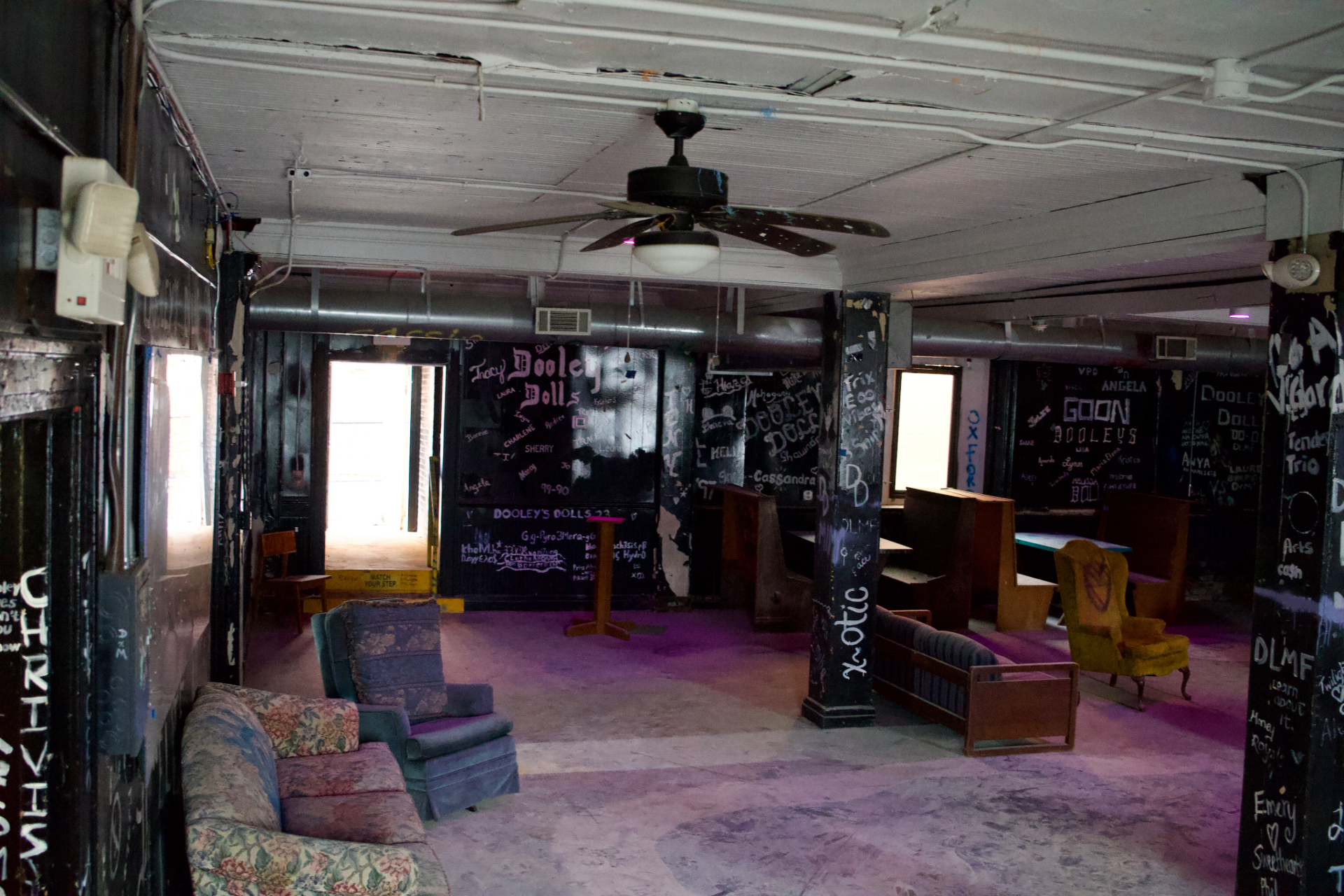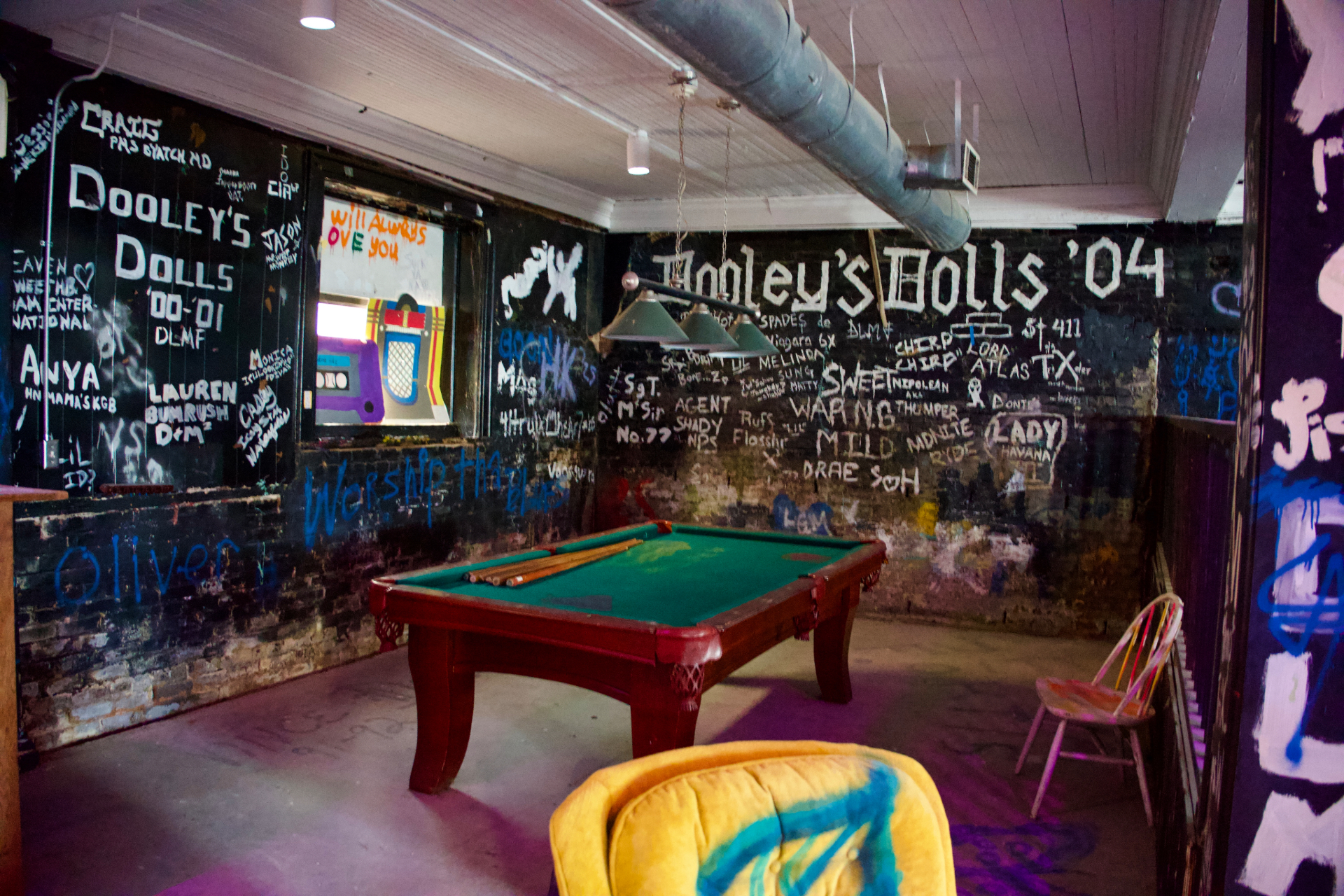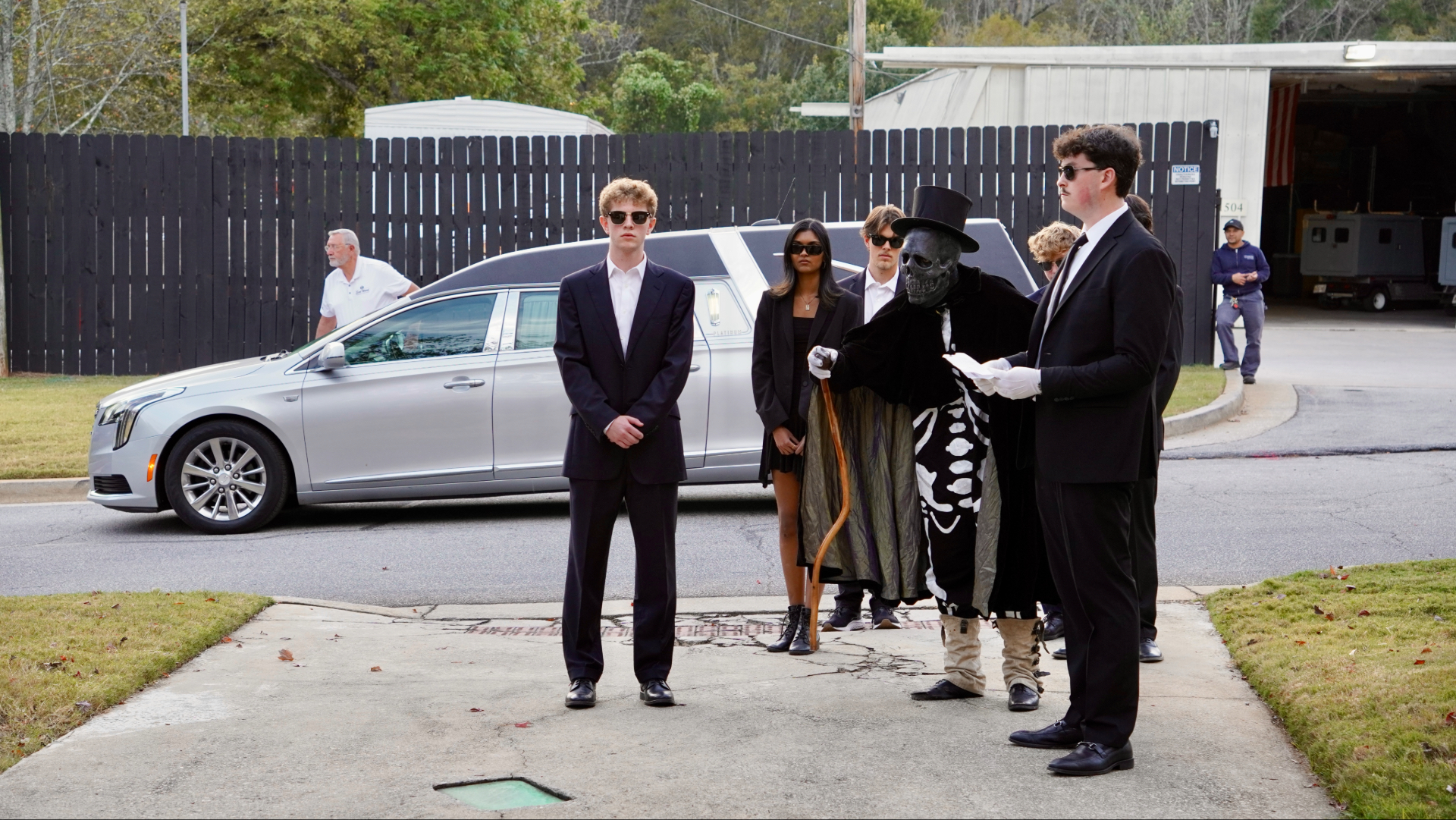Last Call at Dooley's Tavern

Every college has a place that becomes more than just a building. For Oxford, there are many, but Dooley’s Tavern stands out as one of the most memorable. With over 100 years of history within those walls, the tavern sadly had its 50th anniversary and its last call on October 25, 2025.
Former Dean of Campus Life Joseph Moon recalls, "it [the tavern] was a special place that was unique to Oxford, and for many decades and generations of students, that was their place and that was part of their Oxford experience." The tavern had many lives, and many alumni came back, taking a step back in time to reminisce about the memories shared within the white, paint-chipped building behind Haygood Residence Hall.
Dooley’s Tavern was always a beloved staple at Oxford. Built in 1913, what we know as the tavern was once attached to Haygood, which housed the men’s dormitory and the cafeteria. Moon recalled that the tavern itself served as the only dining hall on campus. They would cook upstairs and send the food down in a dumbwaiter to the boys, as the college was all-male during this period, since the university didn’t become co-educational until 1955. It wasn't until 1966, when a new cafeteria was built, that food preparation stopped there, as the college grew and had to serve a larger number of students.
The space sat unused and lay forgotten for several years until students asked if they could remodel it and use it, as they needed a place to gather on weekends and hang out, since Oxford was quite remote. Atlanta was difficult to reach, and there wasn’t much happening in Newton County at the time. An Oxford alumnus from the Class of ‘75 recalls, “Dean Bond Fleming agreed to let us use the space if we cleaned it up. The space was filled with junk, including old, broken-down beds and similar items. This space was located beneath the floor of the housing office, which assigned students their dorm rooms and was responsible for the limited dorm furniture we were given. We assembled a team of guys and girls to haul away junk, clean it up, and paint parts of the interior. We improved the lighting. I helped obtain some large, round, wooden communication cable spools from AT&T, which we used as tables.” Behind the building were large marble slabs left over from a renovation. Seeing an opportunity, students decided to turn these into the centerpiece, the bar for this new space. It was only a year after this that the Georgia Legislature granted citizens aged 18 and above the right to purchase and drink alcoholic beverages.
“At one end of the room, we built a stage and hung up some makeshift lights. The entire space was painted black, perfect for music and gatherings. We named it Dooley’s Den.”
Dooley’s Den later became “Dooley’s Tavern,” a place where students hosted dances and social events. An Oxford alumnus from the Class of ‘75 says, “During the fall quarter of 1975, a few student musicians decided to liven up campus life. They brought in some sound equipment and began playing on Friday nights, transforming the space into something special.” He continues, “Among them was freshman Tinsley Ellis, a gifted guitarist who led the Haygood Band with his trusty Les Paul.” Before coming to Oxford, Laney had run a small sound system business, helping local bands, churches, and school dances. With his gear and Tinsley’s talent, all they needed “was beer and people—and that winter, fifty years ago now, we had both.” For many students, Dooley’s Tavern became the backdrop to moments that would shape their lives, a place where music, laughter, and memories intertwined.
“However, the memory which I hold most dear is being at a Wonderful Wednesday party at Dooley’s Tavern in January of 1976 and seeing Luke Gregory 76Ox 78C walk across the room to where I was standing to say hello,” recalled Susan Gregory 77Ox 79C. “Small talk quickly turned into things that mattered most to both of us…” Gregory and her future husband would return to Dooley’s four years later, when Luke proposed—a love story rooted in the spirit of the Tavern itself.
In 1983, the drinking age changed from 18 to 21, shifting campus culture and student life. That same year, Oxford experienced changes as its social policies became more like those of Emory College and differed from the traditional southern colleges. That year also saw Haygood destroyed by a fire on January 4, which wasn't fully extinguished until January 6. Luckily for Oxford students, the fire barely touched Dooley’s Tavern, much to the students’ relief.
The fire may have claimed Haygood Hall, but Dooley’s Tavern endured—and in many ways, it thrived many years after.
“When I was a student in the late ’80s, it was our go-to hangout to hear live music and local bands like Widespread Panic. I love the graffiti on the walls and the art that pays tribute to Dooley. I always say it feels like your friend’s basement—the kind of place where it’s okay to spill something, put your feet up, and just be together. So many Oxford stories have started in this spot.”
But as the years went on, Oxford’s campus began to change, and the population started to outgrow the space. By the 2000s, Dooley’s Tavern had changed, and the music had quieted. The space underwent revitalization and reimagining, yet it still carried traces of its former life. The walls, painted black and covered in signatures from decades of social clubs like Dooley’s Dolls, preserved echoes of the past. The moody atmosphere remained, but that familiar charm had faded. Administration tried for years to keep the space alive, hosting everything from slam poetry nights and open mic nights to pop-up coffeehouses. “We tried several ways to manage it,” Moon recalled. “We’d required a faculty or staff member to be present, ask groups to sign up in advance, make sure there was a plan for cleaning up afterward, but nothing really sustained it.”
As the campus grew, the Tavern couldn’t keep up. “It was just so small and with one restroom, it really wasn’t a good space anymore for a campus of a thousand students,” Moon added. By 2020, maintenance deemed the space unsafe. After decades of music, laughter, and late-night memories, Dooley’s Tavern finally reached its last call on October 25, 2025.
For many, Dooley’s Tavern’s closure symbolized more than just losing a building—it represented the end of a particular type of Oxford charm. Michael Silverio 98Ox 00C said, “The Tavern is a non-academic tradition that elicits vivid memories for Oxford alumni. For current students, it was a place outside the purview of adults that tied them to previous generations of students… The student center is a great place, but it’s sterile, academic, and can’t hold the same type of gritty events that bring a vision of Animal House-like college memories.”
Yet even as the Tavern closes its doors, its absence leaves room for imagination: perhaps the next generation of Oxford students, alumni, or administration will create a space that honors the past while shaping something new.
While the tavern may have had its last call, many Oxford alumni and students are already dreaming of where the next toast will be raised.

